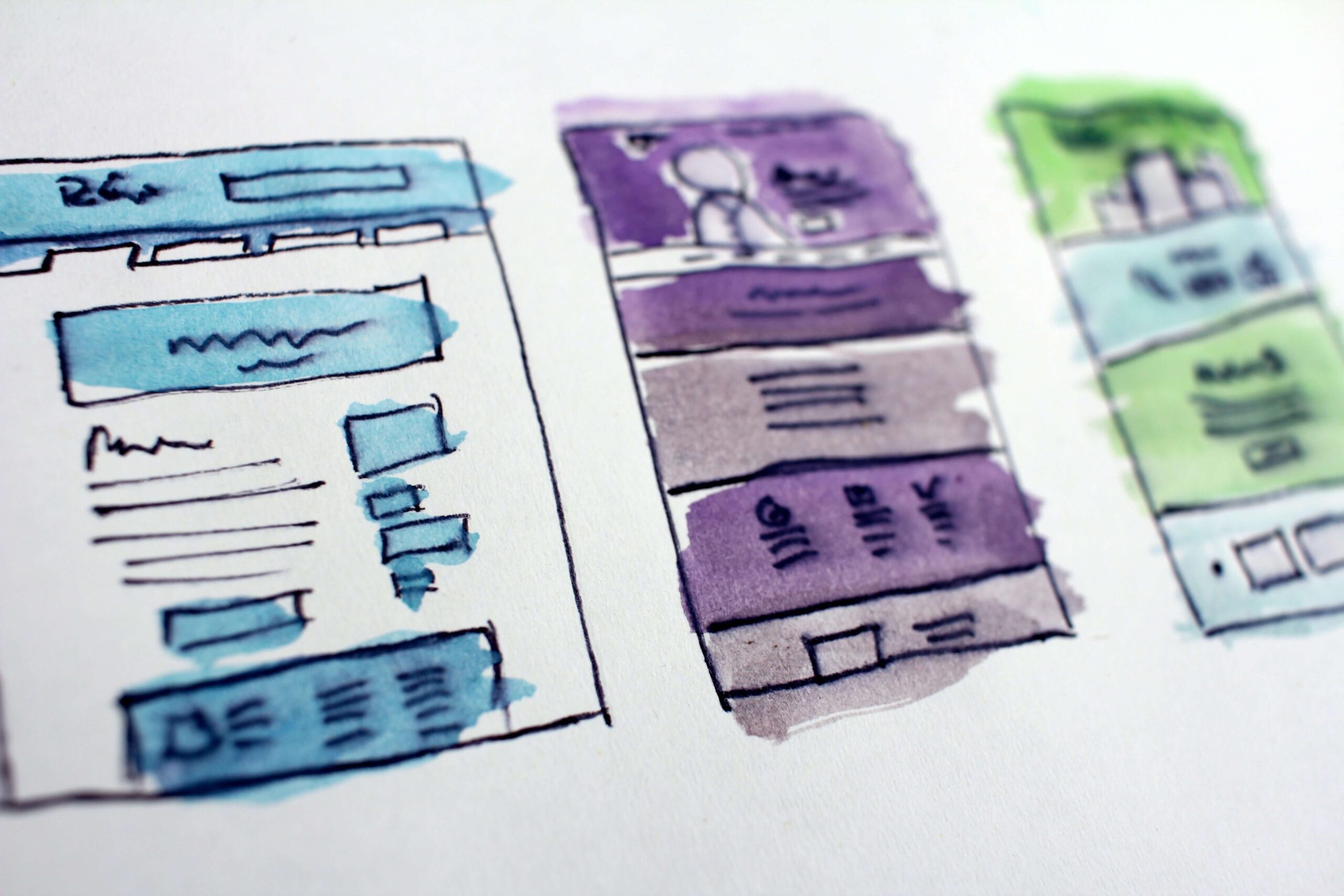Pricing strategies play a pivotal role. Have you ever wondered why certain products are priced at $9.99 instead of a straightforward $10? Or why some products are priced significantly higher than others in the same category? Welcome to the fascinating realm of the psychology of pricing. This article will delve into the intricate dance between consumer behavior and pricing strategies, uncovering the subtle tricks that businesses employ to influence our perceptions and drive sales.
Understanding the Psychology of Pricing
The Basics of Pricing Psychology
When it comes to pricing, it’s not just about numbers; it’s about how our brains interpret those numbers. The psychology of pricing explores the emotional and cognitive factors that influence our perception of prices. One of the most commonly used techniques is “charm pricing,” where prices are set just below a round number, such as $9.99. This simple adjustment exploits the brain’s tendency to focus on the first digit, making $9.99 seem significantly lower than $10.
Anchoring and Decoy Effect
Imagine walking into a high-end store and seeing a luxury watch priced at $10,000. Next to it is another watch at $20,000. Suddenly, the $10,000 watch seems like a reasonable deal in comparison. This is the anchoring effect in action, where our brains latch onto the first piece of information (the anchor) and use it as a reference point for evaluating subsequent information.
A related concept, the decoy effect, involves presenting a third option that makes the original choice seem more appealing. For instance, a small popcorn at the movies might cost $5, a medium $7, and a large $8. The medium popcorn serves as a decoy, nudging consumers towards choosing the large popcorn, which now seems like a better value.
Psychological Strategies in Pricing
Price Perception and Prestige
Have you ever noticed how luxury brands often use odd prices? This strategy aligns with the psychology of pricing. Odd prices suggest precision and careful calculation, lending an air of credibility and quality to a product. Premium brands utilize this technique to convey exclusivity and to attract consumers who associate higher prices with higher quality.
Bundling and the Power of Context
Bundling is another powerful tool in pricing psychology. By combining products or services into a package deal, businesses create a perception of value that might not exist when items are purchased individually. For example, a software package might include multiple tools at a price lower than the combined individual prices, making the offer seem irresistible.
The psychology of pricing products is closely tied to the power of context. Research has shown that people are more likely to make a purchase when they’re presented with a higher-priced option first. This primes the brain to perceive subsequent options as more affordable.
Overcoming the Psychological Thresholds
The Left-Digit Effect
The psychology of pricing often intersects with the left-digit effect – the phenomenon where consumers perceive a significant difference between products priced just below a rounded number. For instance, the difference between $49 and $50 seems much larger than it actually is. Savvy marketers exploit this bias by setting prices at $49 to create the illusion of a better deal.
Pricing Tier Confusion
Pricing tiers can lead to confusion, but this confusion can work in the seller’s favor. When consumers face multiple options, they’re more likely to choose a mid-tier option rather than the cheapest one, as the cheapest might be perceived as lacking in quality. This strategy helps businesses capture higher revenues while making consumers feel satisfied with their choices.
Conclusion
The psychology of pricing is a nuanced dance between consumer behavior and the strategic use of numbers. Understanding how the mind interprets prices empowers businesses to craft pricing strategies that influence perceptions, drive sales, and boost profitability. From the charm of odd prices to the manipulation of anchoring and decoy effects, each technique offers a window into the intricate world of consumer decision-making. As consumers, being aware of these tactics equips us to make more informed choices and appreciate the subtle artistry behind every price tag we encounter. So, the next time you’re faced with a price tag, take a moment to consider the psychology at play – it’s not just about the number, but the story it tells.
Remember, the psychology of pricing is a constantly evolving field, adapting to new consumer trends and preferences. Stay curious and keep an eye out for the next pricing strategy that captures your attention – and your wallet.


